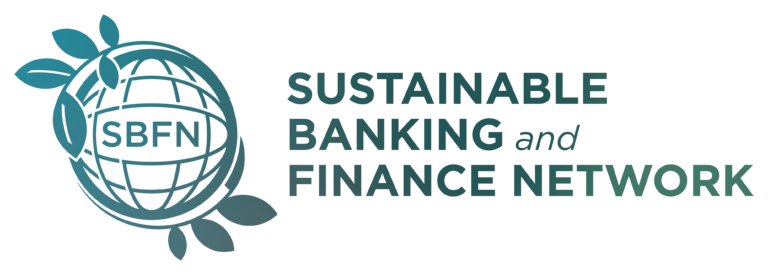Taxonomies are important to reach climate goals, but there needs to be more alignment between them
October 2, 2024 – Sustainable finance taxonomies are important if the world is to reduce emissions and have any chance of getting to net zero. They define what is “sustainable” and how investments in each country align with broader environmental and social goals.
Taxonomies enable investors, companies and policymakers to make informed decisions about allocating capital for climate action and the sustainable development goals.
The good news is that many countries are adopting taxonomies; the less good news is that they are too varied to work together.
These discrepancies create inconsistent standards that make life complicated for investors. They also impede the creation of a new asset class that could be recognised globally by investors and enable the formation of a more liquid and deep market. Together, this would lead to better financial conditions for issuers.
There are dozens of national sustainable finance taxonomies, with half of them in developing economies. There are, however, some initiatives under way to align country guidelines at regional levels.
The Association of Southeast Asian Nations, for instance, has adopted a common taxonomy that member countries are adapting to their markets. Similarly, the Working Group on Sustainable Finance Taxonomies in Latin America and the Caribbean has created a LAC common framework to support the establishment of national taxonomies that align with regional and global ambitions.
Diversity creates inconsistency
However, despite such efforts, the emergence of diverse taxonomies — while well intentioned — has resulted in inconsistent standards in the global financial markets. This is challenging both for institutional investors and their clients who are investing in sustainable finance globally and are ambitious about the impact they want to achieve.
Take natural gas, for example. While some taxonomies permit the use of transitional fuels such as natural gas to support national energy security, other countries exclude them in order to prioritise zero-emission solutions.
Investors also need reassurance that the shift to renewable energy doesn’t come with negative unintended consequences. For example, one country might approve a wind farm project and consider it sustainable because it mitigates climate change. However, another country might require the same project to meet additional environmental and social safeguards, such as noise pollution prevention and biodiversity protection, in order to attain approval.
To ensure the consistent applicability of green standards across borders, therefore, a global approach to taxonomies is essential. A common playbook with universal principles, definitions and metrics to guide all stakeholders and investment activities would ensure efficient progress and increased climate finance to support a net zero future.
We need a common approach that works for all countries, while also recognising their unique economic priorities and challenges.
As taxonomies proliferate across markets, we can use them as building blocks to create a global language for sustainable finance — a language that everyone can understand and use, regardless of local dialect. In a global village, this begins with finding common ground while respecting differences.
Crafting a practical way forward
The Central Bank of the Azerbaijan Republic has been a member of the IFC-facilitated Sustainable Banking and Finance Network since 2022. As the host central bank of COP29, the CBAR has proposed aligning taxonomies with SBFN and is working with the network, the World Bank Group and the IMF to help craft a practical way forward.
The road to taxonomy alignment begins with collaboration. At COP29, we will propose a way forward that builds on previous milestones, such as the G20 Sustainable Finance Roadmap action plan and the International Platform on Sustainable Finance’s Common Ground Taxonomy.
We are also working to improve interoperability, to see where there are common taxonomy elements and where elements need to be adapted to national context and priorities, fostering innovation and opportunities to scale sustainable finance.
Critics may argue that a common global approach could fail to account for the unique challenges faced by developing economies.
There is no one-size-fits-all solution. However, a phased approach to taxonomy alignment that allows for adaptability and gradual adoption can ensure local economic priorities are considered while we work towards a universal standard for the essential ingredients of taxonomies.
To this end, the SBFN has convened more than 70 emerging markets to develop guidance on achieving levels of interoperability based on extensive research and member country experiences.
As we approach COP29 in Baku, policymakers can initiate the discussion on a global approach to sustainable finance taxonomies that will drive the effectiveness of green investments worldwide.
The SBFN has already laid the groundwork for co-ordinated action with its Toolkit on Sustainable Finance Taxonomies, which builds on collective efforts across the World Bank Group and the IMF. This toolkit, along with the G20 Sustainable Finance Working Group’s multiyear road map, will be critical to developing aligned taxonomies and improving the interoperability of approaches.
However, our success in taxonomy alignment depends on the collective support of policymakers, financial institutions, and international organisations. Together, we can make meaningful strides in our fight against climate change, with a robust global taxonomy approach that boosts investor confidence and unlocks the trillions needed to create a green future.
The time for collective action is now, and COP29 — often described as “the finance COP” — is the place to do it.
Article originally published on Sustainable Views.
